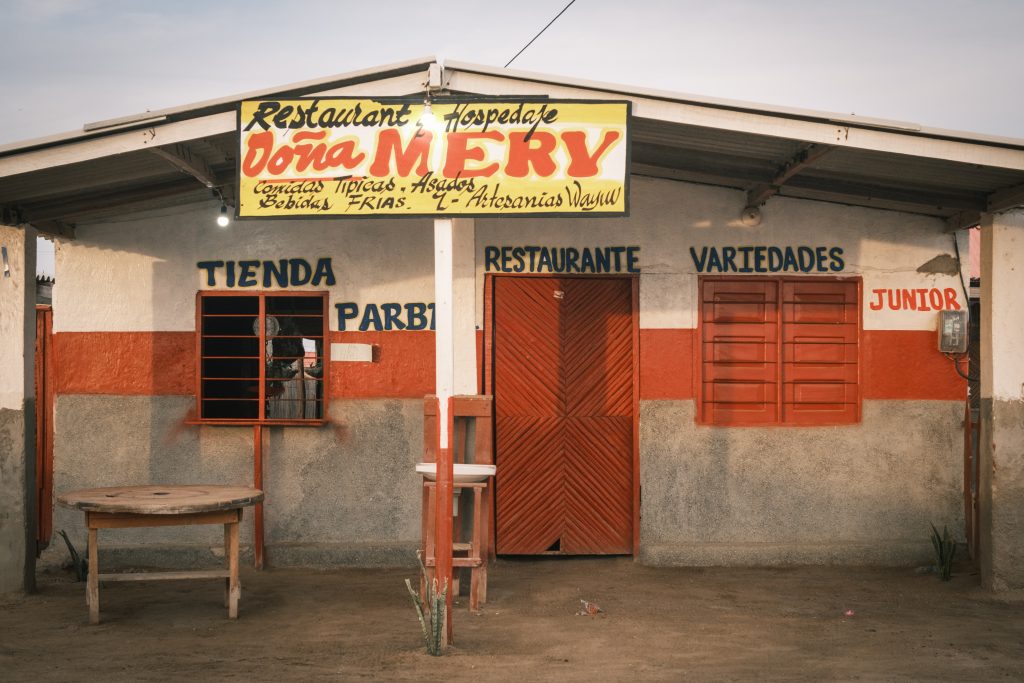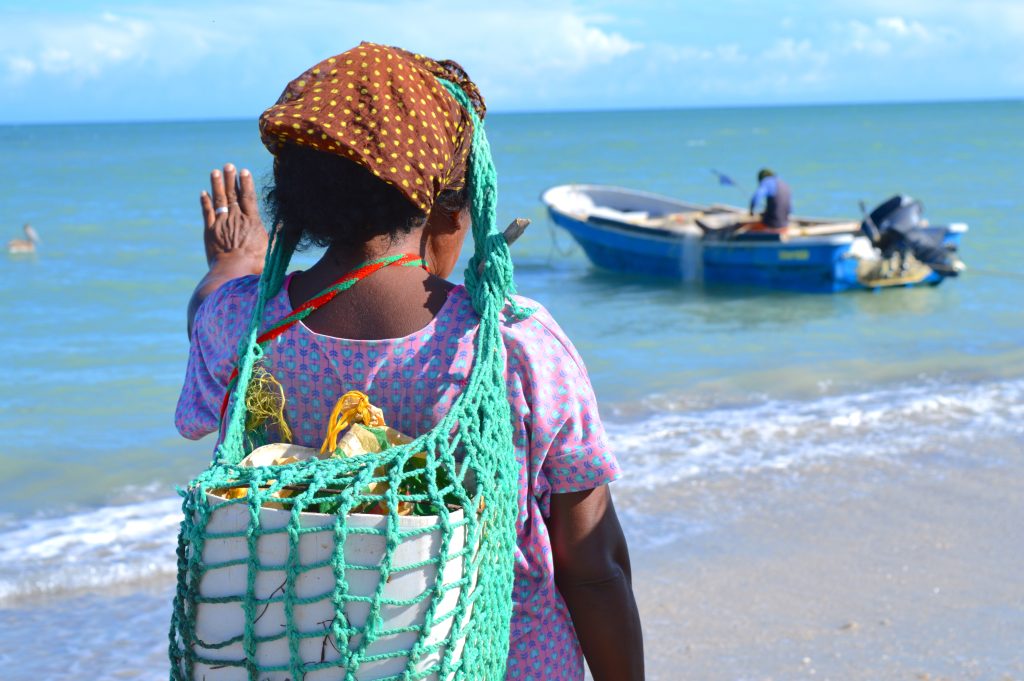
At the crossroads of cultural preservation and economic development, the Wayuu community faces the challenges and opportunities brought about by tourism. As Wayuu mochilas become commercial products and traditions are adapted to attract visitors, the authenticity of their rich cultural heritage is at risk of being diluted. This exploration delves into the impacts of tourism in La Guajira, examining how it can be both a tool for empowerment and a source of inequalities and ecological threats.
Tourism has emerged as a powerful tool for preserving and promoting Wayuu culture. Initiatives like Macuira Tours have allowed the Wayuu to showcase their traditions to the world, helping to keep cultural practices like weaving, traditional dances, and mochila making alive.
Through well-managed tourism activities, visitors can learn about Wayuu history and customs. Additionally, Wayuu-run businesses receive a significant boost, strengthening their economy and fostering pride in their cultural heritage.
However, tourism also poses challenges, particularly regarding the dilution of cultural authenticity. In their efforts to attract tourists, some aspects of Wayuu culture may be simplified or modified, losing their original meaning.
The commercialization of traditional items like Wayuu mochilas is a prime example. These mochilas, traditionally imbued with deep cultural and spiritual significance, have become commercial products, raising concerns about the potential compromise of their cultural value.
Commercialization can have several negative consequences. It can lead to the production of items that do not respect traditional methods, diminishing their quality and cultural value. Tourist demand can also lead to mass production that disregards sustainable practices and the cultural values that originally guided their creation.
Tourism has become a significant source of income for the Wayuu community, particularly during crises like prolonged droughts. The hospitality and craft sectors have benefited from increased tourist demand.
The creation of jobs in these sectors has been significant. Many Wayuu families have diversified their income sources, reducing their dependence on traditional activities like agriculture and livestock farming.
However, the benefits of tourism are not equitably distributed. Most tourism operators in La Guajira are not owned by the Wayuu, leading to a significant portion of profits being diverted outside the community.
There have also been cases of labor and economic exploitation, where the Wayuu receive unfair compensation for their work and products.

To reduce inequalities, it is crucial to:
These actions will strengthen Wayuu economic participation, ensure fair compensation, and provide support for the development of inclusive and sustainable tourism.
Sustainable tourism offers a viable option for protecting La Guajira’s natural environment. This form of tourism seeks to minimize environmental impact and promote practices that benefit both the Wayuu community and local ecosystems.
Sustainable tourism can also become a source of funding for conservation projects.
Despite efforts to promote sustainable tourism, the increasing influx of tourists poses threats to La Guajira’s fragile ecosystems. Pollution from vehicles, solid waste, and disposable plastics is a major concern.
Habitat degradation due to the construction of tourist infrastructure is another worry. Pressure on water resources is particularly problematic in a region already facing water scarcity.
To minimize ecological impact:
Tourism has provided the Wayuu community with a platform to raise their voices and advocate for their rights. Interaction with tourists has fostered cultural exchange, enriching the Wayuu’s perception of their rights and identity.
However, tourism can also exacerbate pre-existing inequalities. Lack of access to quality education and basic services like clean water and healthcare remains a significant problem.
High illiteracy rates and limited infrastructure hinder many Wayuu from fully participating in the tourism industry. Competition for resources like water can also lead to internal conflicts.
Tourism can be a powerful tool for empowerment if managed inclusively and sustainably. This can be achieved through:
Supportive policies and governance structures are crucial for ensuring the fair distribution of tourism benefits. Policies that promote local ownership and management of tourism businesses are essential.
Despite efforts to implement supportive policies, the Wayuu face obstacles. Corruption and mismanagement hinder effective tourism policy implementation.
Another challenge is the presence of multinational corporations, particularly in the mining sector, which often creates social and environmental tensions.
Effective governance is crucial for ensuring that tourism benefits the Wayuu community. It involves transparency, accountability, community participation in decision-making, and a focus on long-term sustainability.
The impact of tourism on the Wayuu community is a complex mosaic of opportunities and challenges.
To ensure tourism respects and enhances Wayuu heritage, it is essential to adopt inclusive and sustainable models. These models should prioritize community participation in planning and management.
Tourism presents both challenges and opportunities for the Wayuu community. The key challenge is balancing economic development with cultural preservation and environmental sustainability. However, tourism also offers opportunities for empowerment, job creation, and advocacy.
In conclusion, the future of tourism in the Wayuu community depends on their ability to manage tourism development sustainably and equitably. With an inclusive and respectful approach, tourism has the potential to be a powerful tool for empowerment and cultural preservation, ensuring a prosperous and sustainable future.
Discover our online store featuring a stunning collection of Wayuu bags. Shop now and embrace the beauty of tradition!